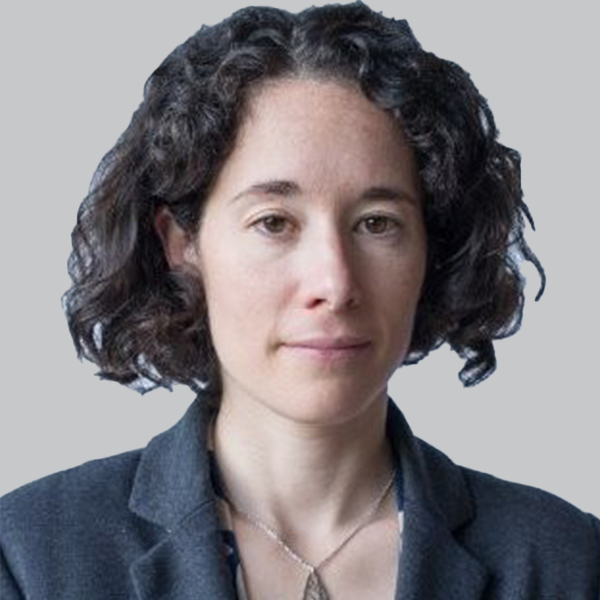Article
Lack of Preparation in Cerebral Palsy Management Identified in Child Neurologist, Neurodevelopmental Disability Specialist Training
Author(s):
Despite the majority of program directors reporting the importance of training in cerebral palsy, they also felt that residents were not very well prepared to manage the condition
Jenny L. Wilson, MD

A recent cross-sectional study identified the importance of training in cerebral palsy (CP) but also found a lack of actual preparation for residents to manage patients with the disease. Investigators surveyed child neurology and neurodevelopmental disability program directors, concluding that the development of CP curricula, as well as exposure to CP clinics may improve training processes and better facilitate care for this patient population.
Investigators, led by Jenny L. Wilson, MD, associate professor of pediatrics, Division of Developmental Pediatrics, Oregon Health and Science University School of Medicine, originally asked 82 participants to complete a survey on program characteristics, training aspects in CP, importance of CP training, and their perceived competence at graduation of residents’ understanding of CP care. A total of 35 responses (43%) were collected, including 29 child neurology program directors and 6 neurodevelopmental disability program directors.
Of respondents, 91% (n = 32) reported “learning to diagnose CP” as very important, and 71% (n = 25) reported that “learning to manage CP” was also very important. Most program directors (77%) further said that their trainees were very or extremely competent in diagnosis CP, but only 43% reported that trainees were very or extremely competent in managing the condition.
Higher competence in CP diagnosis was associated with time spent with more time spent with CP faculty (P = .03). Higher competence in management of CP was also associated with time spent with this faculty (P <.01). The most common response among child neurology program directors in terms of time spent with faculty with CP expertise was 1-2 weeks per year (n = 12; 41%). One program director reported no time spent with the population and 3 (10%) reported less than 1 week annually, but all neurodevelopmental disability program directors said trainees engage with this faculty for 3 or more weeks each year.
READ MORE: Discussing Interim Data on AT845 in Adults With Late-Onset Pompe Disease
Presence of a CP clinic was also associated with higher reported competence in management of the condition (P = .03). Investigators also found, however, that exposure to a dedicated CP clinic was not a requisite part of training in several programs, as of the 20 child neurology programs with a CP clinic, only 9 (45%) program directors required attendance by residents, and 4 of the 6 neurodevelopmental disability program directors (67%) required resident CP clinic attendance.
“As there are no specific cerebral palsy training requirements, child neurology training may not be structured to meet the needs of individuals with cerebral palsy,” Wilson et al wrote. "In an earlier survey, more than 80% of recently graduated child neurology residents reported that a training program with fewer or no adult neurology months would have better prepared them to diagnose and manage cerebral palsy. Furthermore, children with cerebral palsy become adults with cerebral palsy, who continue to have very specialized needs, although it can be quite difficult to find adult neurology providers with cerebral palsy expertise. These gaps could be addressed in training, as adult neurology trainees rotate through pediatric neurology experiences.”
Of the included respondents, 90% of child neurology program directors and 100% of neurodevelopmental disability program directors reported having child neurology programs, while all neurodevelopmental disability programs reported access to a cerebral palsy clinic. Suggested CP curriculum was noted by program directors as a helpful resource (n = 31; 80%), as well as a list of seminal cerebral palsy articles (n = 28; 72%), web-based lecture series (n = 28; 72%), access to consolidated CP resources (n = 27; 69%), as well as more CP-related content at national meetings (n = 19; 49%).
The study was limited by anonymous results, as well as the potential for selection bias that may have skewed results towards the need for more CP training, as those more interested in CP may have been more likely to respond the survey. Wilson et al attempted to survey child neurology and neurodevelopmental disability trainees to better understand the adequacy of CP training. Although they were met with a low response rate (10%), those who did respond showed a similar pattern as responses from program directors, necessitating future study.




